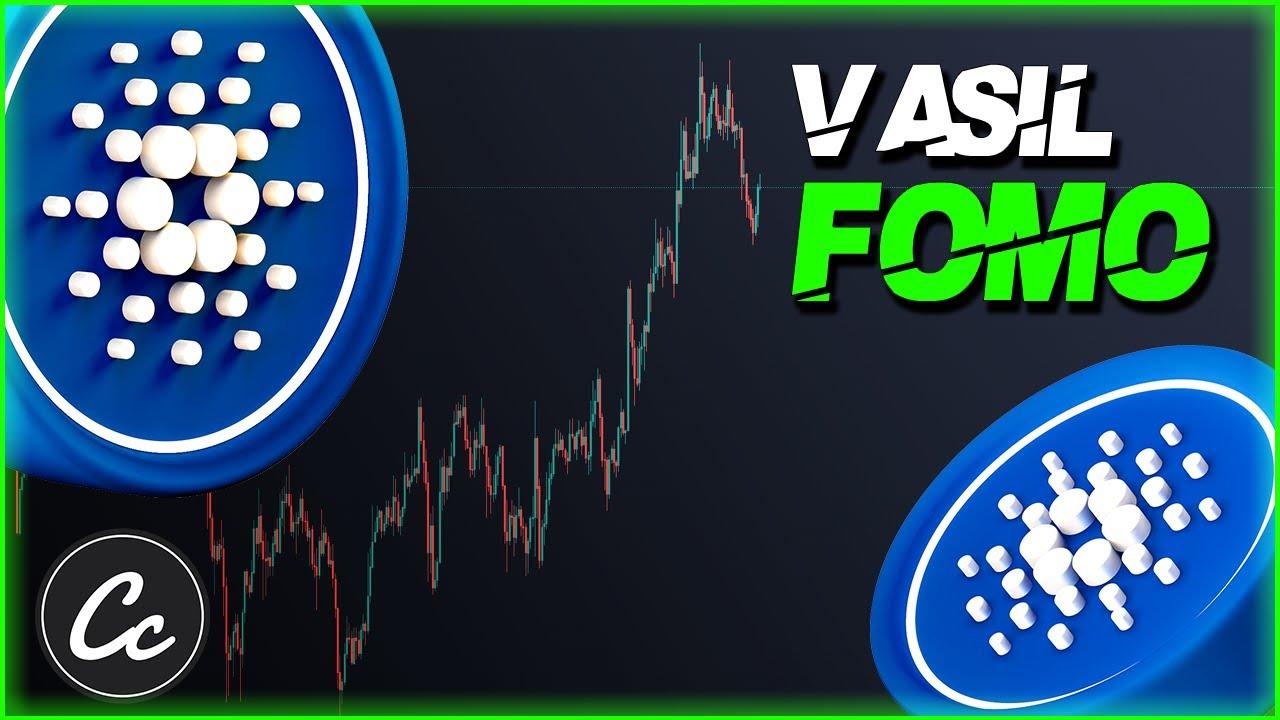management development program (MDPs) are essential investments in an organization's human capital. By nurturing talent and equipping individuals with the necessary skills, MDPs contribute significantly to business growth and success.
The Core Components of a Successful MDP
A well-structured MDP encompasses several key elements:
- Needs Assessment: Identifying the specific skills and knowledge gaps within the organization.
- Curriculum Development: Creating a tailored curriculum that aligns with business objectives and participant needs.
- Experiential Learning: Incorporating real-world challenges and simulations to enhance practical application.
- Mentorship and Coaching: Providing guidance and support from experienced leaders.
- Performance Evaluation: Assessing participant progress and program effectiveness.
The Benefits of a Robust MDP
Organizations that invest in MDPs reap numerous benefits, including:
- Improved Leadership Quality: Developing a strong pipeline of future leaders.
- Enhanced Employee Engagement: Demonstrating a commitment to employee growth and development.
- Increased Productivity: Equipping managers with the tools to optimize team performance.
- Stronger Organizational Culture: Fostering a culture of continuous learning and development.
- Competitive Advantage: Building a high-performing leadership team that drives business success.
Overcoming Challenges in MDP Implementation
Implementing a successful MDP can be challenging. Key obstacles include:
- Lack of Senior Management Support: Ensuring buy-in from top leadership is crucial.
- Time Constraints: Balancing participant workloads with program requirements.
- Measuring ROI: Demonstrating the tangible benefits of the program.
- Transfer of Learning: Ensuring participants apply newly acquired skills on the job.
By addressing these challenges and leveraging best practices, organizations can maximize the impact of their MDPs.





